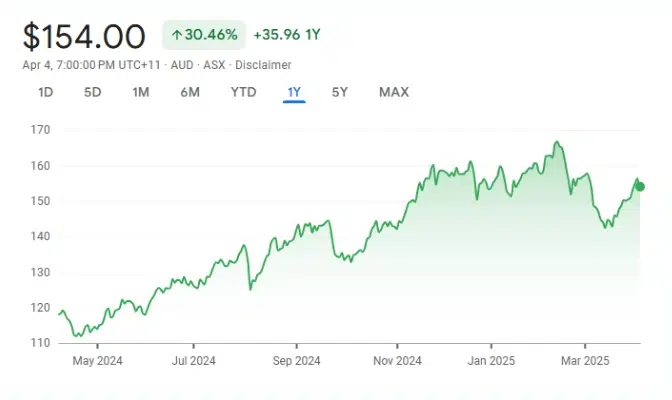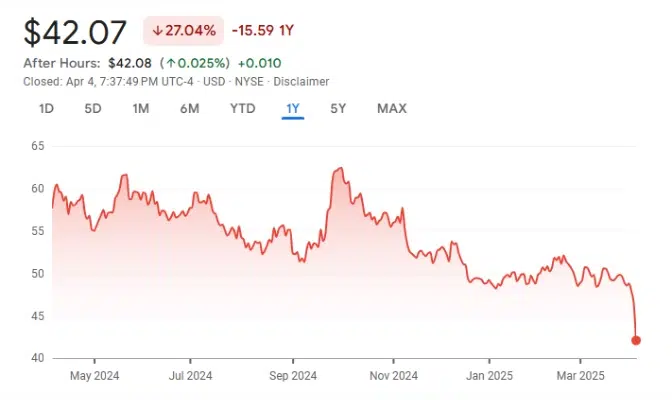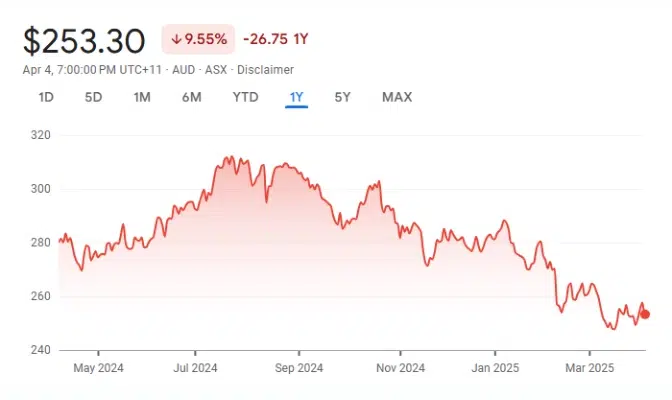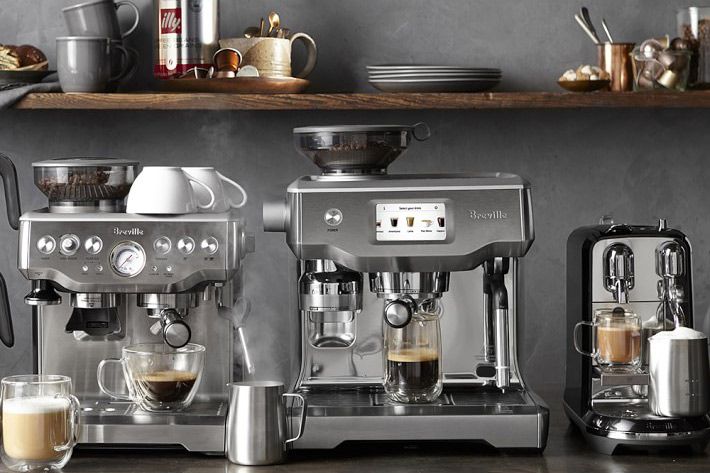What are Safe Stocks?
Focusing on reputable businesses with a history of stability and resilience may be a wise move for safe stocks in the US in 2024. Safe stocks are shares in companies that exhibit a high degree of stability and resilience, typically characterized by steady earnings, reliable dividends, and strong financial health. These stocks are often found in defensive sectors such as utilities, consumer staples, and healthcare, where demand remains consistent regardless of economic fluctuations.
Investing in such companies, often blue-chip firms with established market positions and low debt levels, can provide a buffer against market volatility and offer a more predictable return on investment. While they are considered lower-risk compared to more speculative stocks, it is important to remember that no investment is entirely risk-free, and even safe stocks can be influenced by broader economic conditions and market changes.
Why invest in Safe Stocks?
Purchasing safe stocks has a lot of benefits, especially for people looking to reduce risk and maintain consistency in their investments. These equities, which are usually issued by reputable businesses with sound financial standing, provide investors with a more stable investing environment with less volatility and steady returns. Because they originate from industries like consumer staples, utilities, and healthcare, which have consistent demand despite market volatility, they are particularly important during economic downturns. For investors who are primarily concerned with their income, safe stocks frequently provide a consistent flow of income in the form of dividend payments.
Investing money in safe stocks offers a more reliable option than more volatile common stocks. these preferred stocks are completely safe because they are low-risk investments and are typically sourced from reputable organizations with sound financial standing. They are less likely to suffer large losses because of their steady earnings and strong balance sheets, which help them withstand market and economic downturns.
Get the Latest Stock Market Insights for Free with
Stocks Down Under & Pitt Street Research
Join our newsletter and receive exclusive insights, market trends, investment tips, and updates delivered directly to your inbox. Don't miss out – subscribe today!
Improve Your Cash Flow with Safe Stocks
Safe stocks can help you improve your cash flow by balancing risk and return with a systematic investment approach. To begin customizing your investments, determine your level of risk tolerance and cash flow requirements. Pay attention to dividend-paying stocks, especially those that have a track record of reliably rising dividends. One example of such a company is Dividend Aristocrats, which has increased dividends for at least 25 years in a row.
Furthermore, take into account blue-chip stocks, which are well-established, stable businesses with solid market positions, steady growth and profitability, and minimal volatility. Because they are necessities, defensive stocks in industries like utilities, consumer staples, and healthcare can also offer stability. Invest in a variety of industries and geographical areas to spread your risk and guarantee a consistent income. For diversified exposure to safe equities, think about income-focused mutual funds or exchange-traded funds (ETFs). You can also investigate other techniques like dividend reinvestment plans (DRIPs), which allow you to reinvest dividends for possible future gains.
Best Safe Stocks to Buy Right Now in 2025

Commonwealth Bank of Australia (CBA)
The Commonwealth Bank of Australia (CBA) is one of the largest financial institutions in the country, providing retail, business, and institutional banking services. CBA’s stock is considered a safe investment due to its size, strong profitability, and consistent dividend payouts.

BHP Group Ltd (BHP)
BHP Group Ltd (ASX: BHP) is a global leader in the mining sector, with a strong presence in the extraction of iron ore, copper, and other essential minerals. BHP is widely regarded as a safe stock due to its market dominance, diversified portfolio

CSL Limited (CSL)
CSL Limited (ASX: CSL) is one of the largest biotechnology companies in the world, focusing on the development of innovative treatments for rare and serious diseases. The company’s stability comes from its robust product portfolio, which includes therapies in immunology, haematology, and respiratory care.
Best Safe Stocks to Buy Right Now in 2025
How to Choose Safe Stocks to Invest
Choosing a safe stock to buy or invest in involves a thorough analysis of various factors to ensure stability and minimize risk. Start by assessing your investment goals and time horizon to determine your risk tolerance. Evaluate the financial health of potential stocks by looking for companies with strong balance sheets, consistent earnings, and reliable cash flow. Focus on dividend-paying stocks, particularly those with a history of regular and growing dividends, such as Dividend Aristocrats, which reflect financial stability and offer a steady income stream.
Examine the market position of companies, favouring those with a competitive advantage or strong market leadership. Review valuation metrics like the price-to-earnings (P/E) and price-to-book (P/B) ratios to ensure stocks are fairly priced. Analyze historical performance to identify stocks with lower volatility and consistent performance. Diversify your investments across different sectors and geographic regions to mitigate risks, and stay informed about economic conditions, interest rates, and industry trends that might affect stock performance.
Lastly, consider consulting with a financial advisor to tailor your investment strategy to your specific goals and risk tolerance. By carefully evaluating these factors, you can select the safest stocks around that offer a higher degree of safety and stability.
Red flags that a stock is unsafe
It's critical to recognize warning signs that suggest a top stock market can be dangerous if you want to safeguard your investments. Poor financial health, such as rising interest rates, high debt levels rising, higher interest rates, and a continuous negative cash flow, are important warning indicators of possible financial instability.
Inconsistent earnings or on the decline, with notable variations or a track record of losses, could point to deeper issues with the business's operations. Red flags can also include poor management and governance, which is indicated by erratic behavior or frequent leadership changes.
Furthermore, overvaluation—which is typified by abnormally high price-to-book or price-to-earnings ratios—may suggest that a stock is expensive and vulnerable to a decline. Risks may also be highlighted by a weak market position, such as a diminishing market share or a lack of competitive advantage.
FAQs on Investing in Safe Stocks
Investments in businesses regarded as low-risk and likely to yield consistent profits and dividend cuts over time are referred to as "safe stocks.".
Our Analysis on ASX Safe Stocks
Here are 6 stocks that got promoted in the ASX quarterly rebalance, and 6 that got demoted
On Monday September 22, the ASX quarterly rebalance will be effective. Stocks will be promoted into new indices, while others…
6 of the best annual results on the ASX in FY25 and 6 of the worst!
Each reporting season, we like to recap some of the best annual results on the ASX and some of the…
Breville (ASX:BRG): Will consumer demand for $4500 coffee machines offset the impact of Trump’s tariffs?
Breville (ASX:BRG) is one of those consumer stocks caught in the crosshairs of Trump’s tariffs and fell 30% in 2…
Ansell (ASX:ANN): More volatile than you’d expect for a PPE maker
Ansell (ASX:ANN) makes latex PPE (Personal Protective Equipment), particularly gloves. Latex gloves are no bottles of Dom Perignon, but they…
As ASX Reporting Season for FY25 Looms: Here’s An Investors Ultimate Guide
ASX Reporting Season is almost upon us once again. It is the most important time of the year for investors,…
Is it possible for an investor to ‘time the market’ or is it just a myth?
Is it possible at all to time the market? Some will tell you it is possible, but they were probably…





